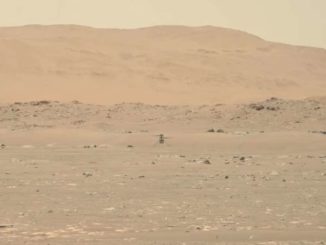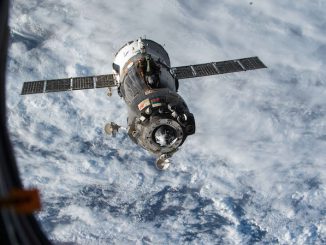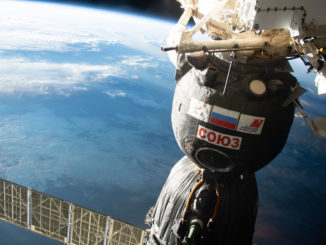STORY WRITTEN FOR CBS NEWS & USED WITH PERMISSION
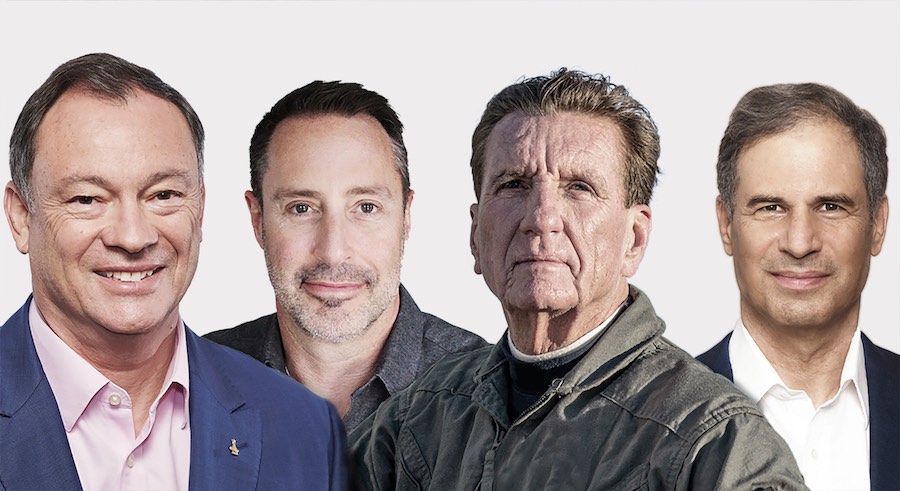
A four-man crew led by a former NASA astronaut intends to blast off early next year aboard a SpaceX Crew Dragon capsule for a flight to the International Space Station, the first such purely commercial, non-government flight to orbit in space history, officials said Tuesday.
Veteran astronaut Michael López-Alegría, now a vice president with Axiom Space, the Houston-based company behind the flight, will serve as mission commander with Larry Connor, an American entrepreneur, race car driver and experienced jet pilot, serving as co-pilot.
Also on board for the Ax-1 mission: Canadian investor and philanthropist Mark Pathy and Eytan Stibbe, an Israeli investor and former F-16 fighter pilot.
“We’re going to really try to set the bar high in terms of our preparation and professionalism,” López-Alegría said in an interview with CBS News. “All three of the private astronauts are very focused on their flight programs, which include a huge amount of science and outreach activities.
“They’re not going up there to read books and look out the window, it’s really going to be a busy time for them. And I’m very pleased at their level of commitment to the time and effort that it takes to prepare themselves for that.”
The four men plan to launch from SpaceX pad 39A at the Kennedy Space Center as early as January, docking at the space station and spending about eight days aboard the lab before returning to an ocean splashdown.
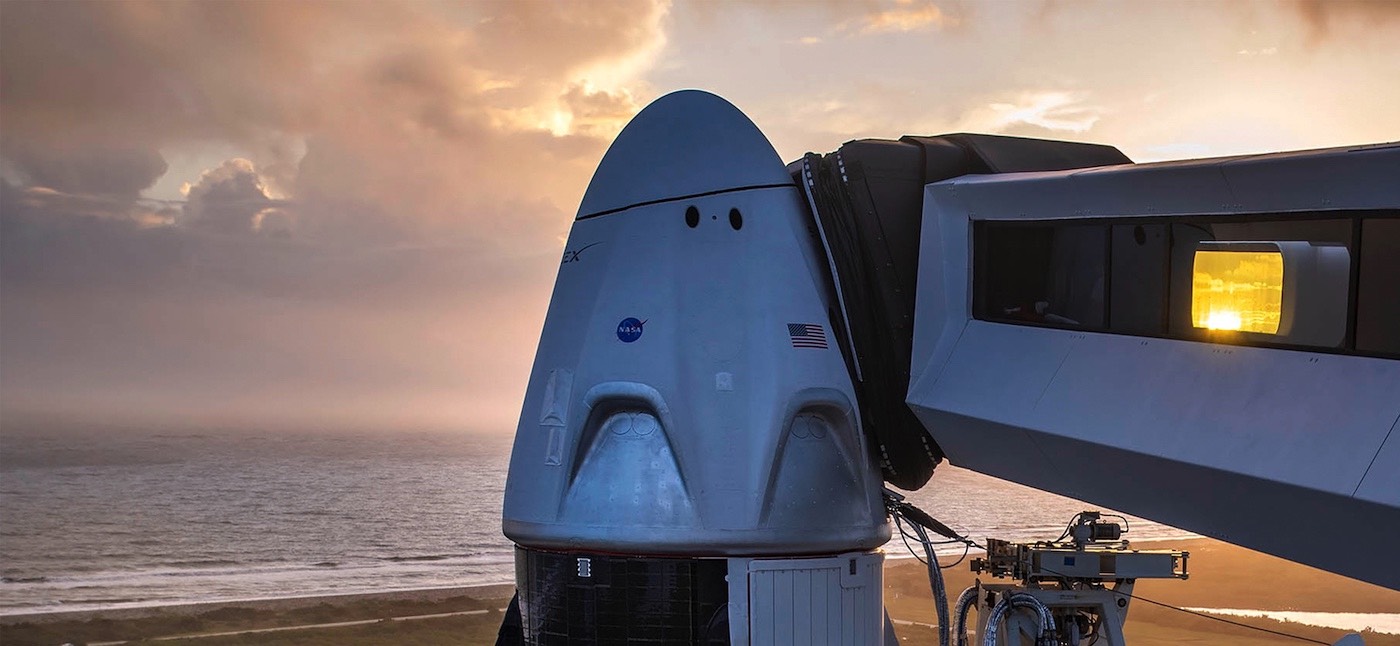
The flight is contingent on formal approval from NASA and its station partners. Company officials say they are actively working with the space agency to finalize the necessary agreements and authorization..
While private citizens have flown in space multiple times, they were all launched as part of government-sponsored missions commanded and crewed by professional astronauts. The upcoming SpaceX/Axiom launch marks the first non-government sponsored or managed orbital space flight.
“This is a fantastic opportunity, it was not something I was expecting when I left NASA,” said López-Alegría, a veteran of four NASA space lights and 10 spacewalks. After leaving the agency in 2012, he served two years as president of the Commercial Spaceflight Federation and went to work for Axiom Space in 2017.
“And now I get to participate … in a mission that I think is going to be ground breaking and bar setting for all commercial human spaceflight to come,” he said. “So I’m in a very fortunate position and privileged to be here.”
SpaceX developed its highly automated Crew Dragon capsule in a commercial partnership with NASA to provide transportation to and from the space station for U.S. and partner agency astronauts.
The company launched two NASA astronauts to the station in a test flight of the Crew Dragon capsule last summer and sent four more astronauts to the lab last October on the spacecraft’s first operational flight. The next NASA Crew Dragon flight is targeted for launch around April 20.
SpaceX planned from the start to offer Crew Dragon flights to non-government customers and NASA has developed safety and training requirements, pricing and procedures to facilitate commercial visits to the space station.
“NASA has been contemplating these private astronaut missions for some time, and they put together a syllabus on ISS systems, which, of course, we plan to complete,” said López-Alegría. “We may do a little bit of additional training, because we want to be extraordinarily thorough.”
As for Crew Dragon training, the California rocket builder is rapidly gaining experience preparing crews for flight, he said, and “hopefully, we’ll see some benefit of having gone through several NASA crews by the time we get there. The requirements are going to be pretty well mapped out by the time we do that.”
Training is expected to take about four months to complete.
As for the cost, space agency announced last June that it expected to charge nearly $35,000 per night per passenger to cover government costs for private-sector visits. That figure includes $11,250 per passenger per day for life support and use of the station’s toilet and $22,500 per day for food, air, use of exercise equipment and other crew supplies.
NASA also is expected to charge some $17,500 for every hour of professional astronaut time devoted to supporting visiting commercial crew members.
While those aren’t exactly bargain rates, they are a small fraction of the price for a seat aboard a Crew Dragon, which is expected to exceed $50 million per passenger. But financial details have not been revealed.
For comparison, NASA paid the Russian space agency Roscosmos about $90 million for astronaut Kate Rubins’ seat aboard a Soyuz spacecraft last fall. That covered transportation to and from the space station and extensive training in Russia.
“You’ve got to start somewhere and yes, it’s extraordinarily expensive,” López-Alegría said. “But I put you back in the 1920s and 30s, and people who just started flying commercial airplanes (had) the same feeling, like, this is great, but it’s not for me.”
Now, less than a century later, it is, “I would dare say, routine to get on a commercial airplane,” he said. “I’m not saying that that’s going to be the same timeline, but I do think that the shape of the curve is similar. We just have to start (somewhere), we have to rely on the forces of innovation and competition to bring launch costs down.”
Axiom Space intends to offer two flights per year to the space station depending on market demand and other higher-priority traffic to and from the lab. The company also is designing modules that can be attached to the station for commercial operations.
Virginia-based Space Adventures books commercial trips to the station aboard Soyuz spacecraft and plans to arrange flights aboard Crew Dragon and Boeing Starliner capsules as well.

